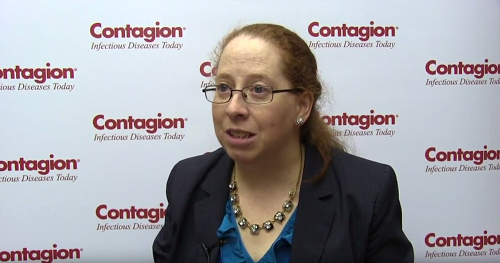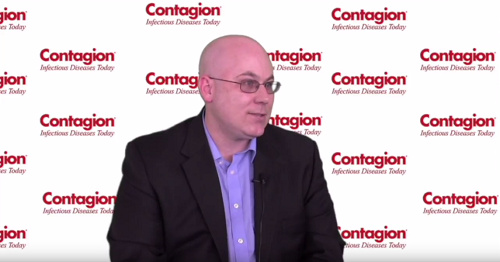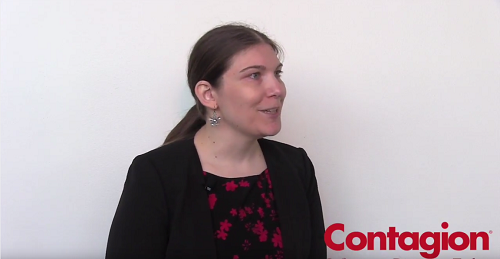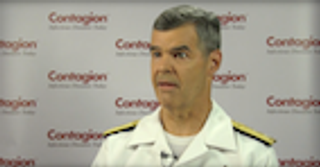
Prevention
Latest News

Latest Videos

CME Content
More News

Jason Gallagher, PharmD, BCPS, FCCP, FIDSA, explains the importance of antimicrobial susceptibility testing for off-label indications.

An infection control intervention coming from the VHA resulted in a significant reduction of MRSA in veteran living centers.

Seniors are at increased risk of hepatitis B, hepatitis C, and HIV. Prevention and early detection of potential infection are critical to avoiding long-term impact.
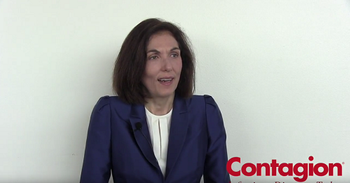
Genovefa Papanicolaou, MD, discusses a new antiviral in development to prevent cytomegalovirus.

Otto Schwake, PhD, postulates how Legionella might get into automobile windshield washer fluid and if there is any way to prevent it.

WHO releases recommendations regarding HPV vaccination as primary preventive intervention against cervical cancer.
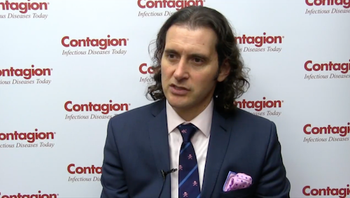
Gonzalo Bearman, MD, MPH, explains what is known about Clostridium difficile prevention and control.

Researchers discover a new approach for measuring how long it takes an antibiotic to kill bacteria.

Commentary authors warn that lack of access to antibiotics to treat common bacterial infections are becoming difficult to access due to manufacturers finding them less profitable to produce and market; this can have serious implications.

Researchers from Yale University have come up with a new “chemical process” that may aid in the development of a new class of antibiotics.

Badela, a new antibiotic developed by Melinta Therapeutics, was just approved by the US FDA to treat acute bacterial skin and skin structure infections.
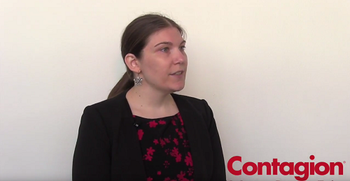
Milena McLaughlin, PharmD, MSc, explains the different ways that antimicrobial shortages can impact patient care.

The CDC examines the high incidence of meningococcal disease in the “meningitis belt,” found within sub-Saharan Africa, and the efforts of the Meningitis Vaccine Project to monitor the impact of a meningococcal A conjugate vaccine.
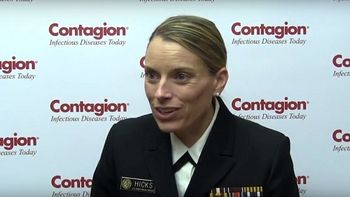
Lauri A. Hicks, DO, discusses the use of immunotherapy in tackling antibiotic resistance.

Snigdha Vallabhaneni, MD, MPH, discusses the keys to controlling the spread of Candida auris.

New drugs for HIV, the growing rate of antibiotic resistance, a new hepatitis C treatment option, and updates on the Ebola outbreak and Lyme disease diagnostics, make up the Top 5 articles for this week.
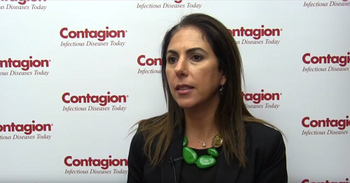
Lillian Abbo, MD, shares key elements that clinicians should incorporate into antimicrobial stewardship practices.

Jeremy Burrows, DPhil, MA, explains how new antimalarials could change the game for countries where malaria is endemic.

Amesh A. Adalja, MD, FIDSA argues that a bill being considered in the Pennsylvania state legislature will ultimately result in increased antibiotic resistance and will set back the clock for finding appropriate treatments for Lyme disease.
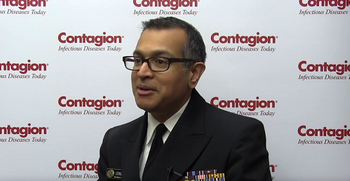
Arjun Srinivasan, MD, explains where outbreaks are most likely to occur within healthcare facilities.
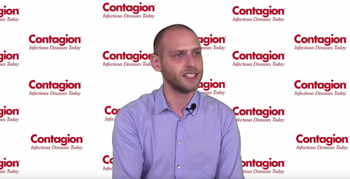
Caetano P. Sabino, BSc, PhD Student, explains how photodynamic therapy works.

Recent research shows no clinical benefits from adding azithromycin to standard treatment for adults who presented to emergency departments with acute asthma exacerbations requiring a corticosteroid course.

A new analysis looks into the role of sanitation on infectious disease and nutrition.

Challenges to public health are never-ending and experts argue that budget cuts that will be made through the American Health Care Act (AHCA) will have dire consequences to how we can respond.

Researchers from Midwestern University Chicago College of Pharmacy highlight correlations between antibiotic use and horizontal transmission of Vancomycin-resistant Enterococcus (VRE) bacterial species.
